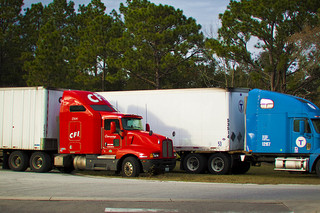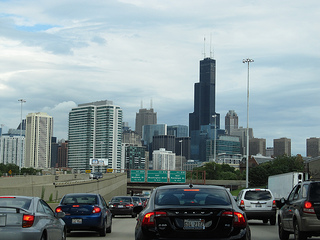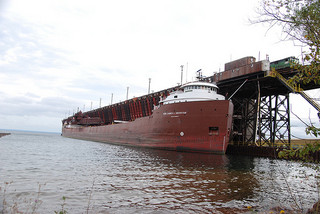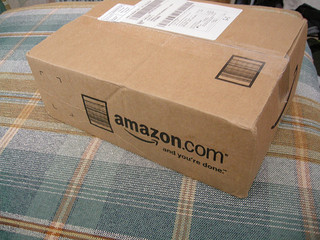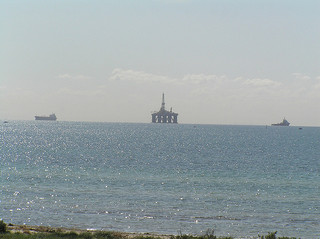The Story of the Most Successful Green Project of Our Time

Emissions from commercial diesel truck fleets has now been reduced to the point that grilling a few burgers on a charcoal grill actually produces fewer emissions than driving one of these vehicles from Chicago to Baltimore. In fact, in the U.S., diesel truck emissions have been lowered by 95 percent between 1996 and today. According to the report by Equipment World, an infographic entitled “Greening the Fleet,” this is the most successful mission to better the environment in our times.
This article is for Premium Members only. Please login below to read the rest of this article.
Not a Premium Member yet? Become one today.
[login_form redirect=’https://www.procurementbulletin.com/the-story-of-the-most-successful-green-project-of-our-time’]
[show_to accesslevel=’Premium Members’]
There are several contributing factors making commercial diesel fleet vehicles more environmentally friendly to operate. First, new engine technologies, such as fuel injection, have helped lower emissions. The report also cites computerized engine controls, more advanced management of air to the engine, improved exhaust filters, and a lower sulfur content in diesel fuel.
In 1993, diesel fuel contained up to 3,000 parts sulfur per million parts. Today, there are less than 15 parts sulfur per million. Almost all of the newly produced commercial diesel vehicles on the roadways today use the clean burning engine technology. By the year 2014, all off-road diesel engines with less than 750 horsepower will meet the newest emissions standards.
Off road diesel equipment has already improved drastically over the past 17 years. Exhaust from these vehicles has been lowered by an astounding 97 percent. In 1996, these machines produced .54 grams per brake horsepower per hour. By 2011, that number was reduced to .02 grams per break horsepower per hour.
Fleets must operate 60 vehicles today to produce the same emissions as a diesel truck running in 1988. When all off-road equipment is running the latest engine emissions standards, new regulations will have reduced harmful emissions from these vehicles by 867,000 tons, or the weight of 1.4 million polar bears. The full infographic is available for free download at the Equipment World website. [/show_to]


